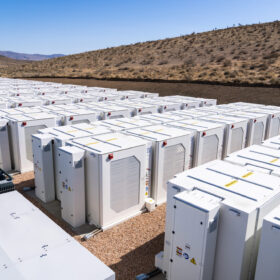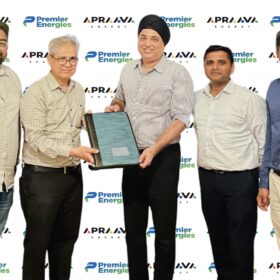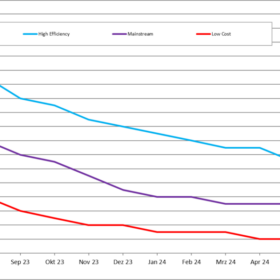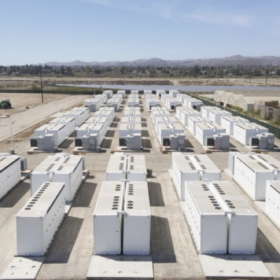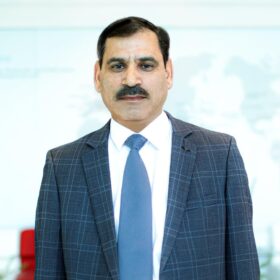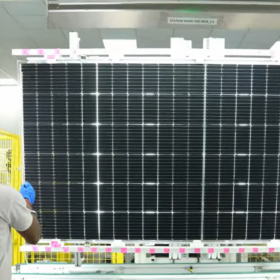The Hydrogen Stream: India issues guidelines for funding of testing facilities under the National Green Hydrogen Mission
The funding scheme, with a total budgetary outlay of INR 200 crore till FY 2025-26, will support the development of robust quality and performance testing facilities to ensure quality, sustainability, and safety in green hydrogen production and trade.
Lithium-ion battery fire safety starts with the manufacturer
Fluence America’s president says stakeholder and first responder engagement is necessary to keep failures from becoming newsworthy events.
The importance of measuring albedo at solar sites
As bifacial modules proliferate, estimations of albedo are becoming more important and with developers not prepared to install weather stations to assess solar resource, a popular option has become third-party, on-site measurements over periods as short as a day. Is this an acceptable compromise between costly on-site measuring and less accurate satellite data? Everoze’s Stefan Mau discusses the potential benefits and limitations of this approach.
All solar cell efficiencies at a glance – updated
The research group led by Professor Martin Green has published Version 64 of the solar cell efficiency tables. There are 19 new results reported in the new version.
Premier Energies secures 350 MW solar module order from Apraava Energy
Premier Energies will supply 350 MW of its solar modules to Apraava Energy’s PV project in Rajasthan.
PV market eyes recovery amid falling module prices
Martin Schachinger, founder of pvXchange.com, says that solar module prices are falling across the board, while batteries and inverters are hitting historically low prices due to market oversupply.
Waaree Energies to supply 900 MW of TOPCon bifacial modules for solar plant in Rajasthan
Waaree Energies has secured a contract to supply 900 MW of n-type TOPCon dual-glass bifacial modules for Serentica Renewables’ solar PV project in the Jaisalmer district of Rajasthan.
BirdBlocker unveils bird-proofing solutions for rooftop PV at Intersolar
Dutch company offering bird-proofing solution for solar installations expands its range with a trio of launches – with high hopes that its business can take flight on commercial rooftops.
Trina Solar begins mass production of 430-455 W full-black modules
Trina Solar says it has launched mass production of 430 W to 455 W full-black PV modules. The Vertex S+ panels have efficiencies of up to 22.8% and weigh 21 kg, with a 1.6 mm x 1.6 mm dual-glass design.
Chinese solar cell maker to build 10 GW factory in Oman
Chinese solar cell maker Hainan Drinda New Energy Technology plans to build a 10 GW factory in Oman to produce tunnel oxide passivated contact (TOPCon) solar cells.

